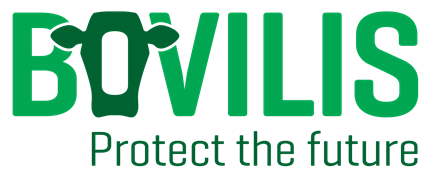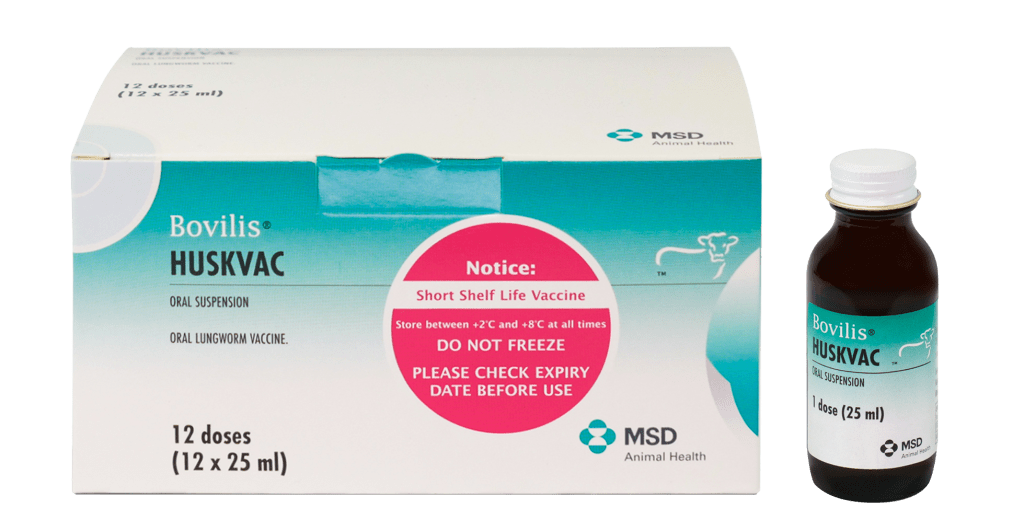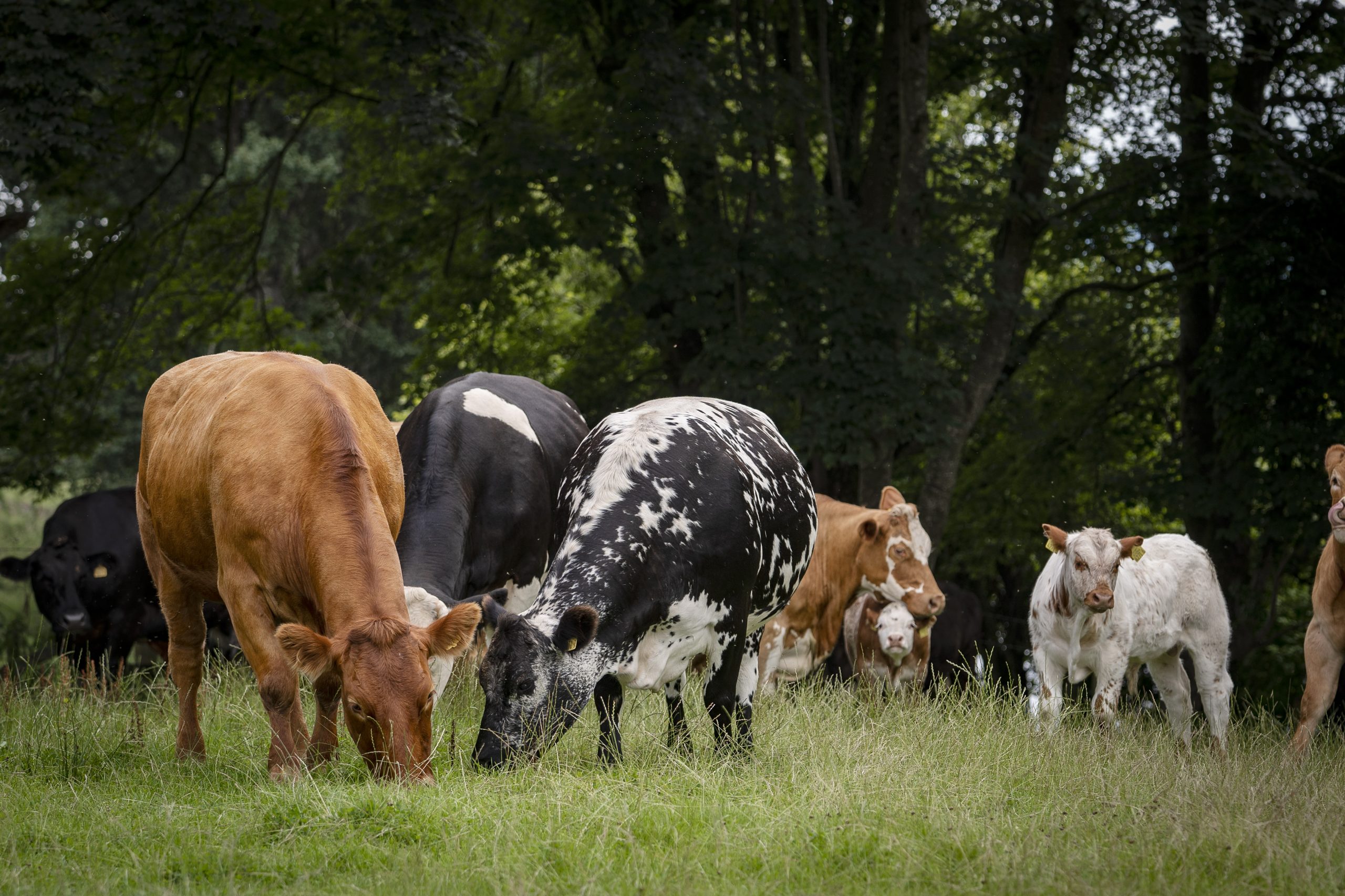

Lungworm
Bovilis® HUSKVAC
Oral lungworm vaccine
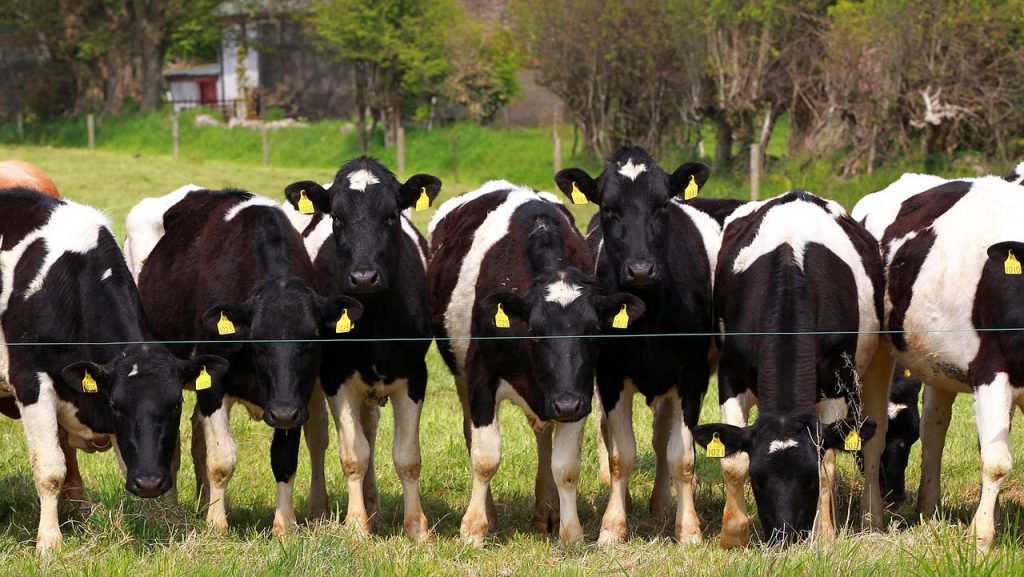
Lungworm
Lungworm infestation (commonly known as “hoose” or “husk”) can cause severe respiratory issues in cattle of all ages and can often be fatal.
The lifecycle of the lungworm is about 4 weeks long – from the ingestion of larvae to the excretion of infective larvae onto pasture in faeces. Within four weeks of ingesting lungworm larvae, a cow or calf could be shedding millions of larvae onto the pasture. In one case, a faecal output of 1,850,000 larvae per day was recorded.
An outbreak of lungworm in a herd can have a significant economic impact, due to severe losses in milk yield, poor fertility, treatment costs and culling/death.
The rise in lungworm cases in the last number of years has been linked with over-use of wormers in our herds. The use of long-acting wormers in cattle may prevent the development of natural immunity to lungworm.
Clinical Signs of Lungworm
The clinical signs of lungworm infestation include coughing and increased respiratory rate (breathing faster). Coughing may initially be evident only when animals are disturbed but progresses quickly to frequent coughing, even in resting animals. Animals harbouring lungworm are more prone to viral or bacterial pneumonias. Death can occur if left untreated.
Diagnosis can be made based on clinical signs and farm history. Lungworm larvae may be found in the faeces of infected cattle, but this method of detection is not always reliable. Multiple faecal samples and often broncho-alveolar lavage (a lung washing technique used by vets to capture lungworm larvae) may be needed to confirm the presence of lungworm in the airways.
Risk Factors
With varying climates and cattle densities in Ireland, some counties are more prone to lungworm infestation than others. Warm and humid conditions favour larval survival on pasture. As a result, outbreaks peak in late summer and early autumn. Rain can further amplify lungworm issues, as larvae can be spread across pasture by rain. A fungus called Pilobolus found on dung pats also aids in dispersing larvae.
Pasture management is a key factor in preventing lungworm outbreaks. Lungworm outbreaks occur when naïve (previously unexposed) grazing animals are exposed to high levels of lungworm larvae on pasture.
Grazing dairy replacements on separate pasture, away from the main herd, has become a popular practice. Dairy replacements often graze the same pasture as replacement groups of previous years. This pasture may be relatively free of lungworm larvae and these animals are often subject to continuous worming, When the replacement animals finally enter the main herd and encounter lungworm larvae in the faeces of older stock on pasture for the first time, an outbreak is highly likely.
This situation contrasts strongly with beef suckler herds, where calves are commonly exposed to a continuous low level of challenge from being grazed with older animals. Continuous exposure to low levels of lungworm over time aids in immunity development.
Control
Combining vaccination, worming and appropriate pasture management is the most effective way to control lungworm in cattle.
Bovilis Huskvac is the only vaccine for the active immunisation of cattle to reduce the clinical signs and lesions associated with lungworm. It can be used with strategic anthelmintic dosing and appropriate pasture management to control lungworm.
It is an oral vaccine for use in calves 8 weeks of age or older. Two doses, given 4 weeks apart, are required as a primary course. The course should be completed 2 weeks prior to turnout.
For optimum benefit, it is important that the calf is exposed to pasture carrying some lungworm larvae after this time, as this low level exposure enhances the immunity induced by vaccination with Bovilis Huskvac.
Product Focus
Related Video
Related Articles
- Reducing the risk of pneumonia in calves at turnout
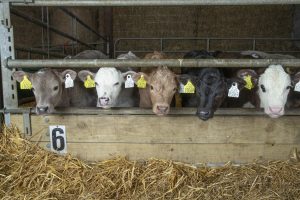 Sarah Higgins MVB MRCVS CertAVP, Ruminant & Equine Veterinary Manager, MSD Animal Health Respiratory disease is commonly seen in both dairy and suckler calves. Pneumonia is the most significant cause of death in cattle greater than one month of age in Ireland. There are substantial long term implications of respiratory disease on productivity for both … Read more
Sarah Higgins MVB MRCVS CertAVP, Ruminant & Equine Veterinary Manager, MSD Animal Health Respiratory disease is commonly seen in both dairy and suckler calves. Pneumonia is the most significant cause of death in cattle greater than one month of age in Ireland. There are substantial long term implications of respiratory disease on productivity for both … Read more - Bolstering immunity with Bovilis Bovipast RSP: Reduce and control pneumonia in your herd
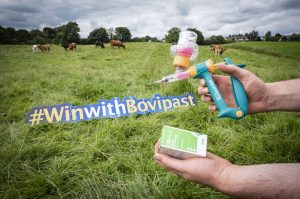 Frequently Asked Questions about Bovilis Bovipast RSP answered by Sarah Higgins, Ruminant & Equine Veterinary Manager
Frequently Asked Questions about Bovilis Bovipast RSP answered by Sarah Higgins, Ruminant & Equine Veterinary Manager - “Game changing” impact of Bovilis INtranasal RSP Live
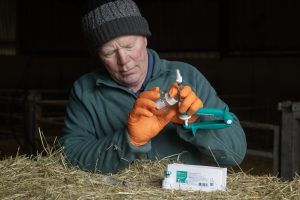 County Wexford dairy farmer describes Bovilis INtranasal RSP Live as a “game changer” for the health of his calves Dermot Kehoe milks a 90-strong (mostly Holstein Friesian) herd with his wife Angela on their farm outside New Ross. The Kehoes also keep replacement heifers and 12 Aubrac cows. “We use the Aubrac bulls on the … Read more
County Wexford dairy farmer describes Bovilis INtranasal RSP Live as a “game changer” for the health of his calves Dermot Kehoe milks a 90-strong (mostly Holstein Friesian) herd with his wife Angela on their farm outside New Ross. The Kehoes also keep replacement heifers and 12 Aubrac cows. “We use the Aubrac bulls on the … Read more
Sign up to Bovilis® product and event information
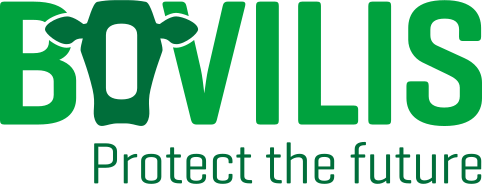
MSD Animal Health
Red Oak North, South County Business Park, Leopardstown,
Dublin 18, Ireland
vet-support.ie@msd.com
PHONE
CATTLE DISEASES
